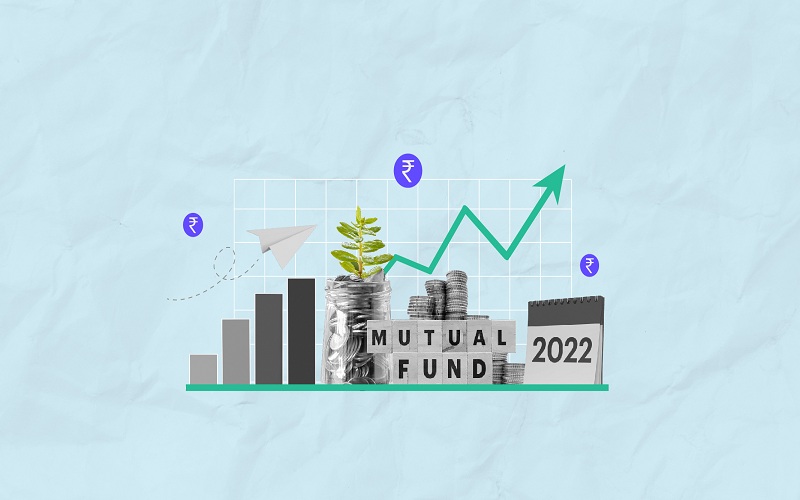ETF full formis Exchange-traded funds (ETFs) have gained popularity among investors in India due to their low cost, diversification benefits, and ease of trading.
ETFs are investment funds that blend the advantageous characteristics of two widely favoured assets: They merge the diversification advantages of mutual funds with the ease of trading associated with equities.
Understanding ETF
An ETF includes investments like bonds or equities, allowing investors to access a diversified portfolio in a single investment. ETFs typically offer lower fees compared to other fund types and provide greater liquidity due to their ease of trading.
However, it’s essential to recognize that ETFs are not universally suitable. Evaluate them based on factors such as management fees, commission charges, liquidity, alignment with your current portfolio, and the quality of investments they offer.
Working of ETF
The fund provider possesses the assets of an ETF and creates a fund to mirror their performance, offering shares in the fund to investors. While shareholders hold a portion of the ETF, they do not directly own the fund’s assets.
Investors in an ETF tracking a stock index may receive reinvestments or lump dividend payments from the constituent firms of the index.
Here’s a simplified explanation of how ETFs function:
- The ETF provider selects a range of assets, such as bonds, stocks, commodities, or currencies, and constructs a basket comprising these assets, each with its unique ticker symbol.
- Investors can purchase shares in this basket, similar to buying stock in a company.
- Like stocks, ETFs can be bought and sold on an exchange throughout the trading day by buyers and sellers.
Benefits of Investing in ETF
Investing in ETFs offers several benefits:
- Diversification: ETFs provide exposure to a diversified portfolio of assets, such as stocks, bonds, or commodities, in a single investment. This diversification helps spread risk across various securities and sectors.
- Low Cost: ETFs’ expense ratios are generally lower than active mutual funds in India. This cost efficiency can lead to higher returns for investors over the long term.
- Liquidity: ETFs trade on stock exchanges, which allows investors to buy and sell shares at market prices. Liquidity provides flexibility and ease of trading.
- Transparency: ETFs show their holdings in a timely manner and allow investors to see the assets within the fund. This transparency helps investors make informed decisions about their investments.
- Flexibility: ETFs offer flexibility in investment strategies, allowing investors to employ various trading techniques, such as buying on margin, selling short, or using options.
- Tax Efficiency: ETFs are structured to minimize capital gains distributions, resulting in potential tax advantages for investors. Additionally, investors can defer capital gains taxes until they sell their ETF shares.
- Accessibility: ETFs are accessible to many investors, including retail investors, institutional investors, and financial advisors. They can be purchased through brokerage accounts, making them accessible to individual investors.
Things to Consider Before Investing in ETF
Before investing in an exchangetraded fund (ETFs) in India, consider the following factors:
- Investment Objective: Determine your investment goals, such as capital appreciation, income generation, or diversification. Choose ETFs that align with your objectives and risk tolerance.
- Asset Class: ETFs are available across different asset classes, including equities, fixed income, commodities, and currencies. Decide which asset class or combination of asset classes suits your investment strategy.
- Index Tracking: ETFs typically track specific indices, so it is important to understand the index being tracked by the ETF and its performance history.
- Expense Ratio: Compare different ETF’s expense ratios. Lower expense ratios lead to higher net returns.
- Liquidity: Evaluate the liquidity of the ETF by assessing its trading volume and bid-ask spreads.
- Tracking Error: Consider the ETF’s tracking error measuring the deviation of the ETF’s performance from its underlying index. A lower tracking error implies better replication of the index’s returns.
How To Invest in ETFs?
Investing in an ETF typically involves several key steps:
Open a Demat and Brokerage Account
To invest in ETFs, you must open a Demat (Dematerialised) trading account with a registered stockbroker or a brokerage firm.
Select the ETF(s) to Invest In
Select the ETF(s) you wish to invest in based on your research and investment objectives.
Fund Your Trading Account
Once your Demat and trading accounts are set up, fund your trading account with the amount you intend to invest in ETFs.
Conclusion
Investing in ETFs can be a convenient and cost-effective way to build a diversified portfolio and achieve your financial goals. By following these steps and conducting thorough research, you can confidently navigate investing in ETFs in India.



